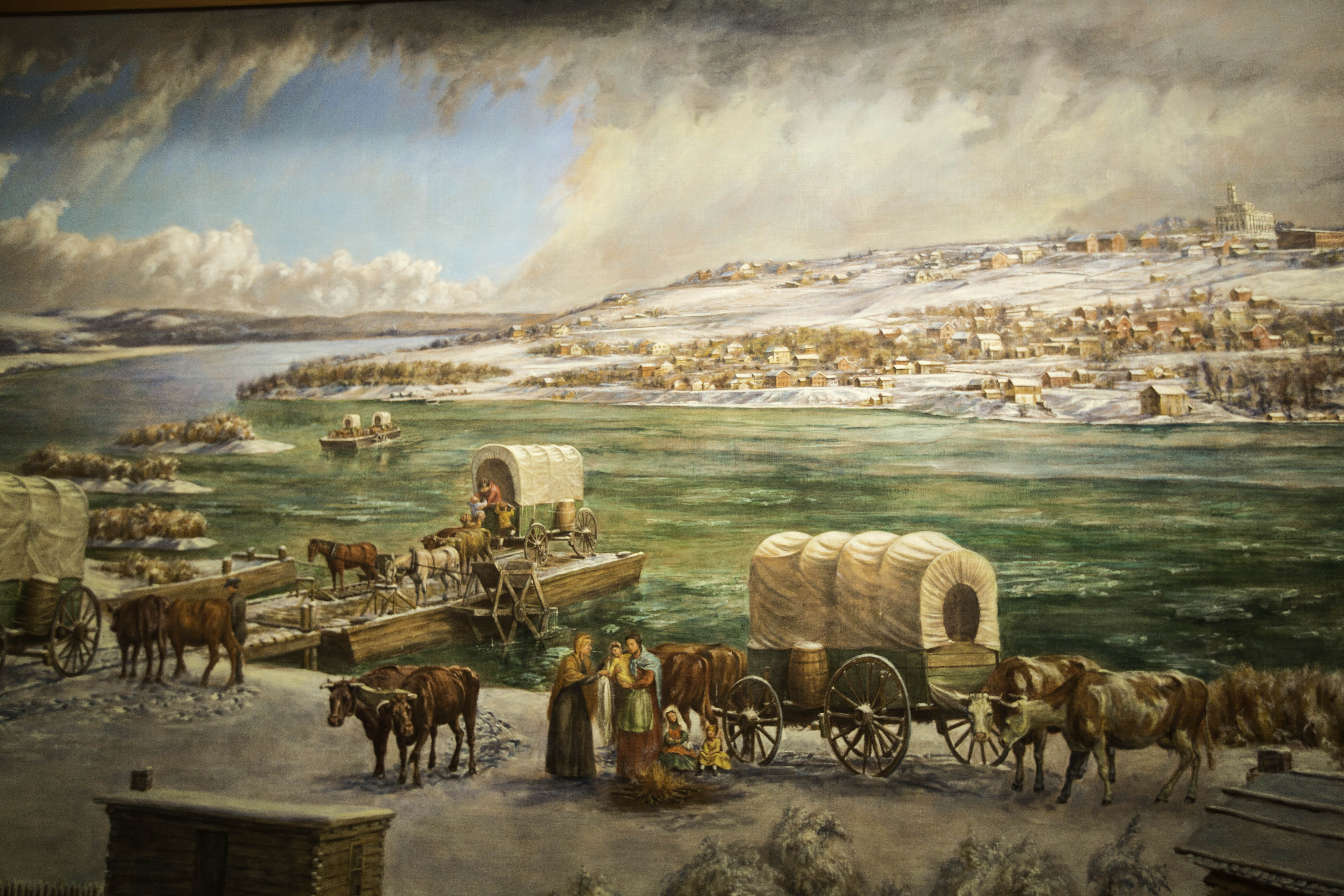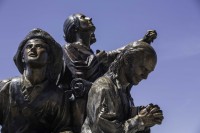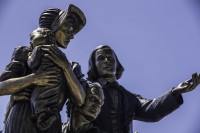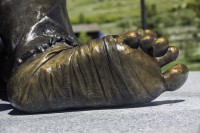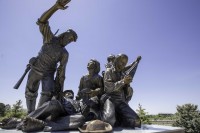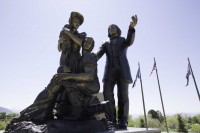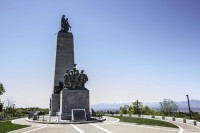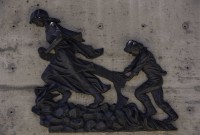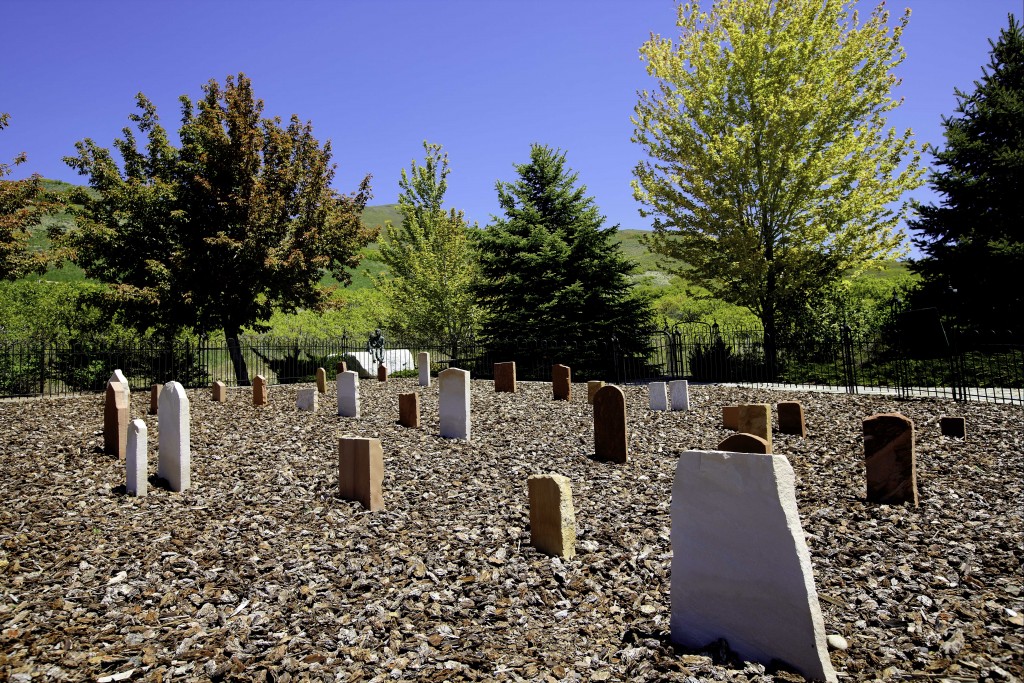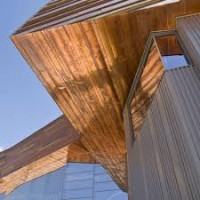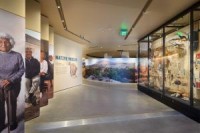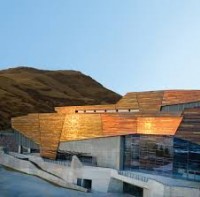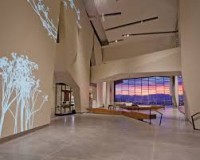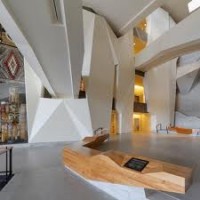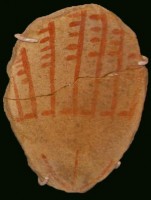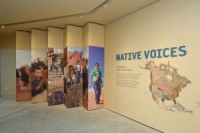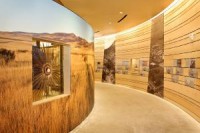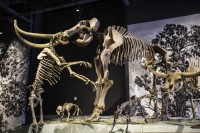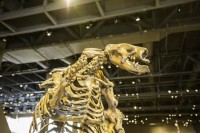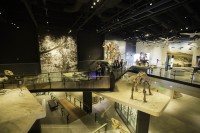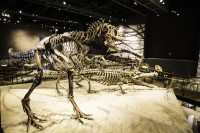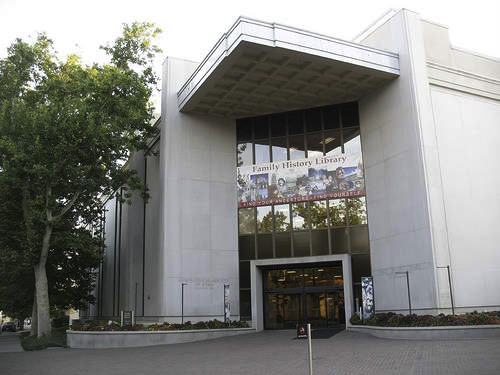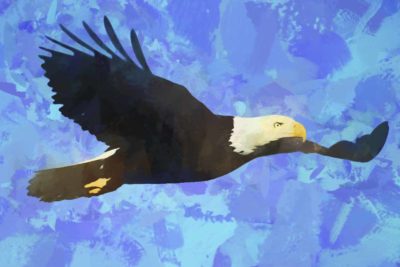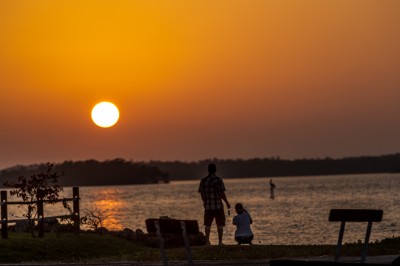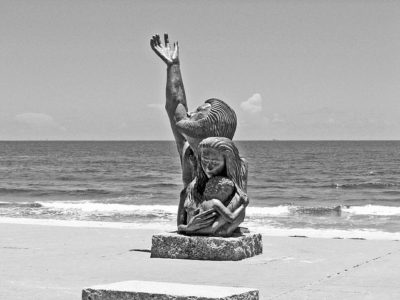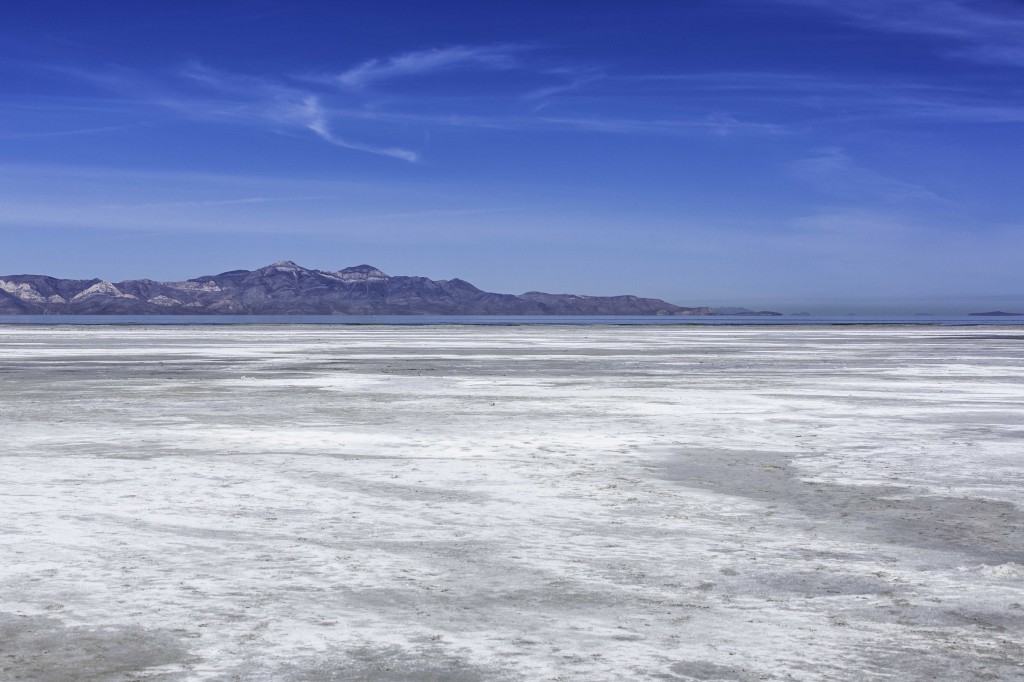
Salt Lake City was on our route to Nevada and California and this time through we had no time schedule so it was an opportunity to stop and really visit this area. The weather has been a mixed bag. Typical Spring; Rain, Wind, Sunny and Repeat. The highlights of this 14 day long visit are the Family History Center, Temple Square, Heritage Park, Alta Ski area, Park City, The Natural History Museum of Utah, Antelope Island and of course the Great Salt Lake.
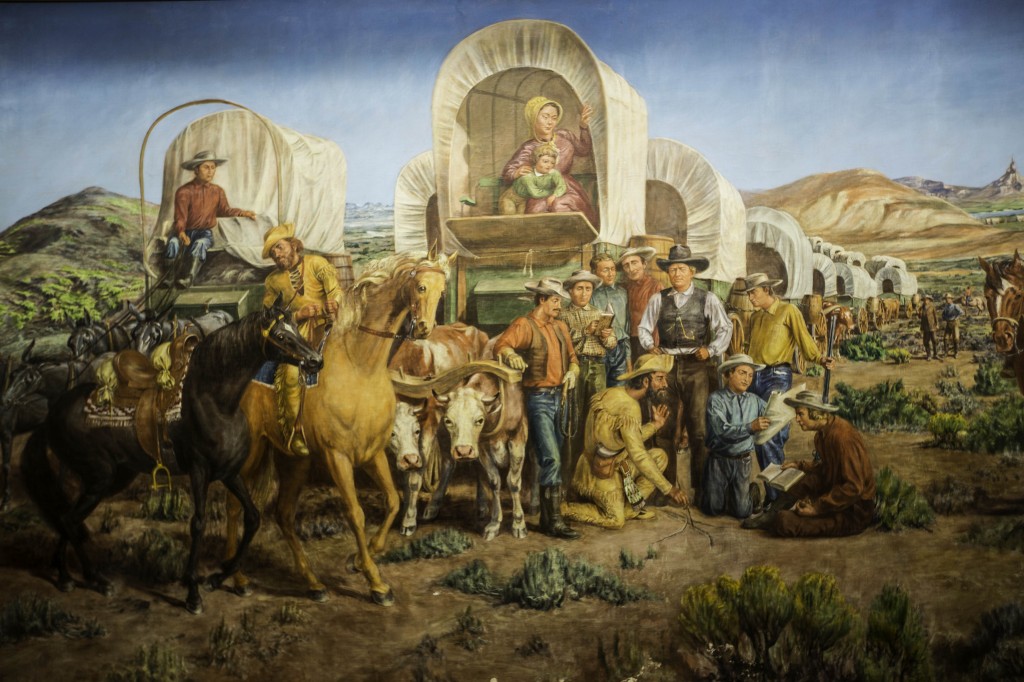
“This is the Place” is what Brigham Young said in 1847, when he first saw the Great Salt Lake Valley. As the wagon train came through what is now called Emigration Canyon, they saw the land that would soon become the Mormon pioneer’s new home. As the account goes, Brigham Young was very sick with Rocky Mountain Spotted Fever and was riding in the back of a wagon. They crested a small hill, he asked to look out of the wagon. Those with him opened the canvas cover and propped him up so he could see the empty desert valley below. He proclaimed this would be where they stop and begin a new life.
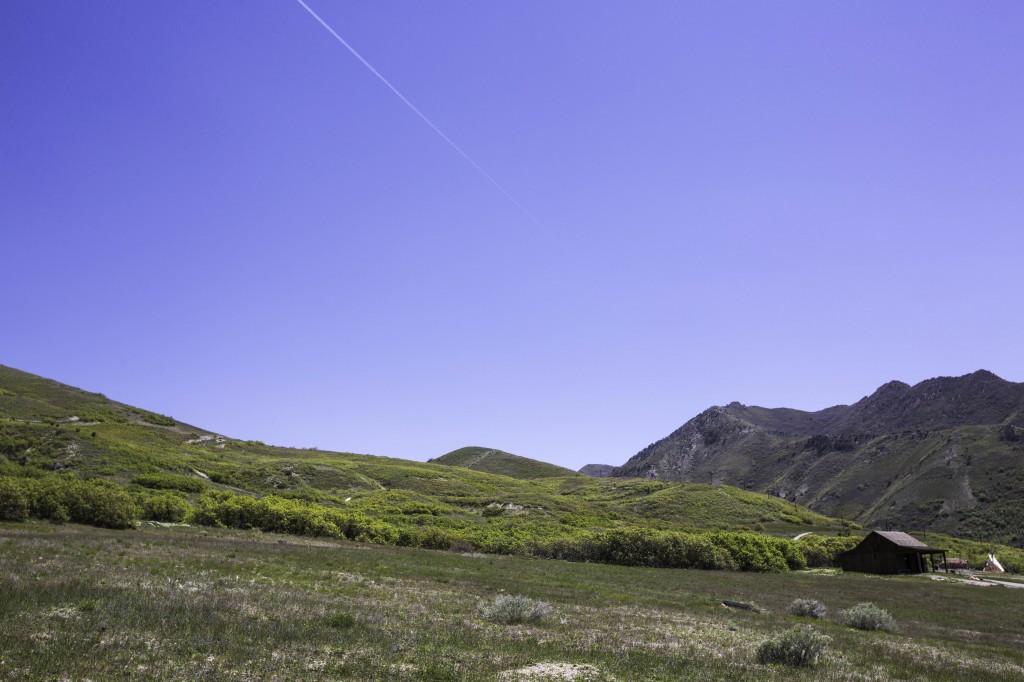
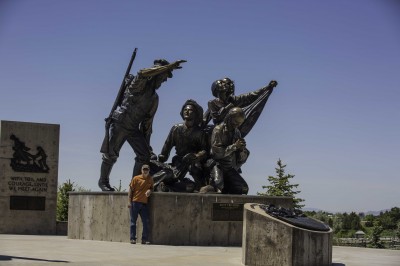
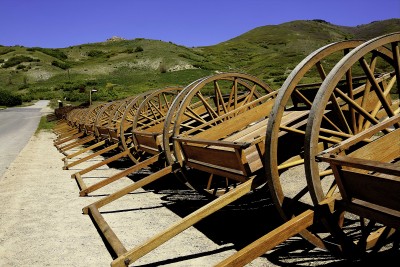
Here is a link to Heritage Park for further information about this park.
As a sculptor myself, I am always interested in sculptures of all mediums; who sculpted them and who did the casting etc.. When we first drove up the road to Heritage Park I was excited by the size and detail of the bronze sculptures here. You may visit any of the sculptures without a fee. They are part of the National Park System. The largest, or I should say the tallest monument is placed upon a 60 foot pedestal of cement. This sculpture was sculpted by Mahonri Young , grandson of Brigham Young. He was born in Salt Lake City August 9, 1877. Mahonri Young was the first of three children of Mahonri Moriancumer Young and Agnes Mackintosh. He was taken while he was still a baby to his grandfather, Brigham Young, to receive a blessing only days before his grandfather’s death.
Young wanted to sculpt the pioneer leaders in realistic clothing like they would have worn when entering the Salt Lake Valley on July 24, 1847. However, Young’s vision of leaders like Brigham Young and Heber C. Kimball in suspenders and bloomers was deemed undignified. At the insistence of the Utah government and LDS Church, the pioneer leaders were portrayed in heavy formal overcoats.
I too think these leaders should have been dressed differently to portray the emotion and fatigue endured on their journey. After all, if Brigham Young was sick with rocky mountain fever, he surely was not wearing a formal overcoat and trousers nor his fellow pioneers. Nevertheless, the sculpture is impressive.
The monument was dedicated on July 24, 1947, on the one hundredth anniversary of Brigham Young’s party reaching the Great Salt Lake Valley. Nearly 50,000 people attended the ceremony.
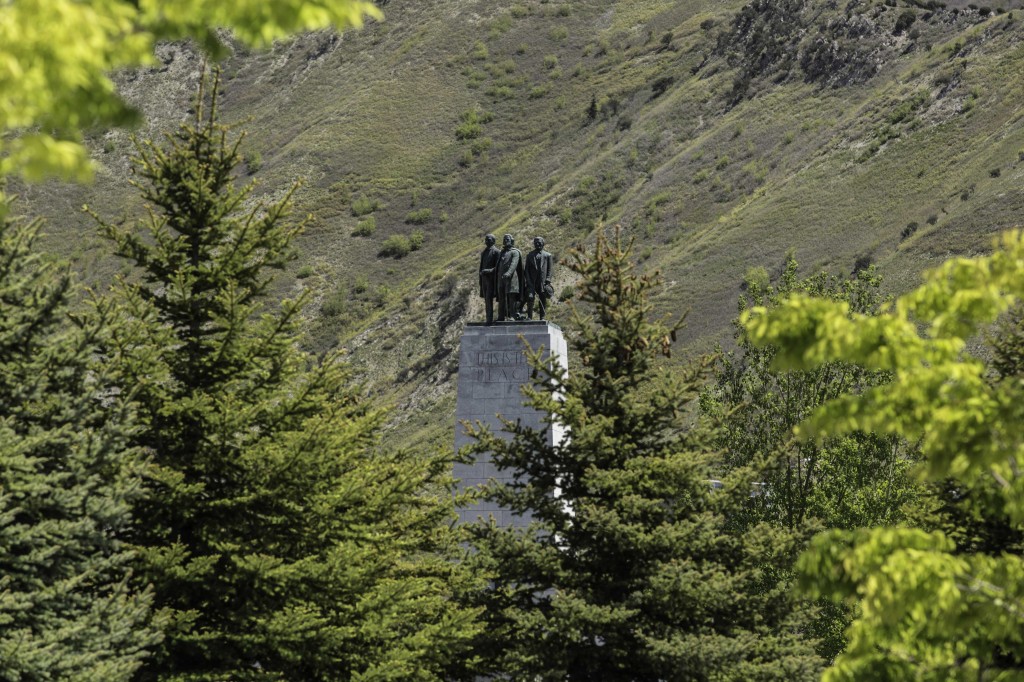
This grandson of Brigham Young has sculpted some great pieces. Many of them placed in the Salt Lake City area and one of his grandfather which is in National Statuary Hall at the U.S. Capitol building in Washington, D.C.
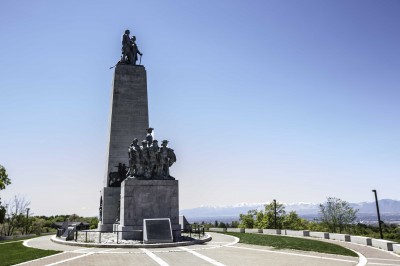
Here are some photos of some of the sculptures in this park by other sculptors featuring The Pony Express and Donner Party History.
Click on the thumbnail for a larger image:
High on the hill up behind the Heritage Park you will find a cemetery. A cemetery that holds the remains of 32 pioneer bodies. The interesting fact about the bodies buried here is that this was not their first place of rest. Originally they were buried in the heart of Salt Lake City Block 49 in the years 1847 – 1848. Soon after 1848 a decision was made to not bury any more bodies at this location. A new cemetery location was chosen. Years, went by and this old pioneer cemetery was soon forgotten. By the year 1984 this area of the city had become a run down area and it was in need of some new structures. In 1986 construction began in the area to build low income housing buildings. Construction was halted for awhile as distant family members mentioned this place where some pioneers had been buried. Nothing was found in the first attempt, but sometime later the remains of these graves were discovered accidentally by someone who had entered the area looking for old bottles. Of the 32 pioneer bodies found, 9 were adults, the others were adolescents, children, and babies. Following forensic work in Wyoming, the remains were then transferred to Pioneer Trail State Park (now called This is the Place Heritage Park) All but two of the bodies were identified. Since they were not all identified, the graves here remain un-named.
Note: To visit this cemetery you must pay the Heritage Park admission fee of $11.00 $8.00 for Seniors 55 and older.
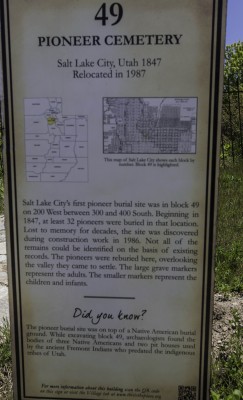
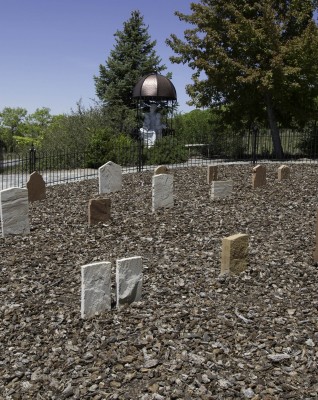
I have visited Salt Lake City numerous times in the past. The more recent trips here were to Art and Trade shows at the Salt Palace Convention Center. The most memorable trips have been to come here to visit family members and for the fun of skiing. Ahhh the great powder of the Wasatch Mountain range, and oh my goodness it can be cold; that’s why the powder is so great. Alta ski area was where I experienced the first symptoms of frost bite to my ears while skiing. Today, this quick visit up the canyon to Alta was very nostalgic. Although the conditions were extreme Spring skiing it was fun to just have a look.
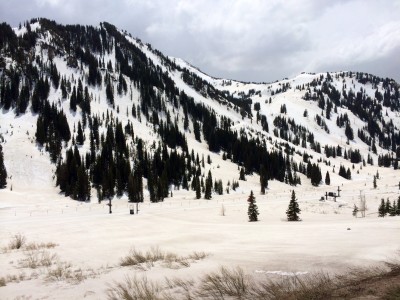
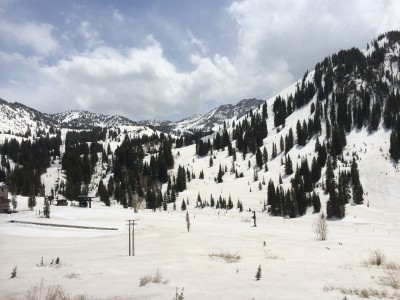
Later, we took a trip up to Park City which proved to be unexciting. This time of year most all the merchants in the historical part of town have closed their doors until late May. They call it Mud Season.
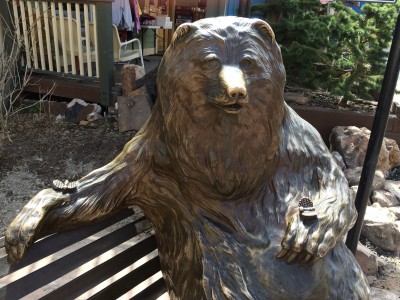
Good name for it. The streets were torn up for repairs, there was mud everywhere. It was also quite cold so we left. Made a quick stop at the Olympic Village a few miles from Park City. This is where the Long jump, Freestyle ski and Bobsled competitions of the 2002 Winter Olympics took place.
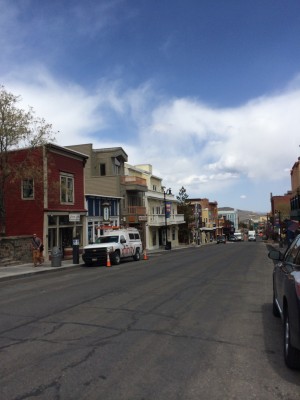
Antelope Island:
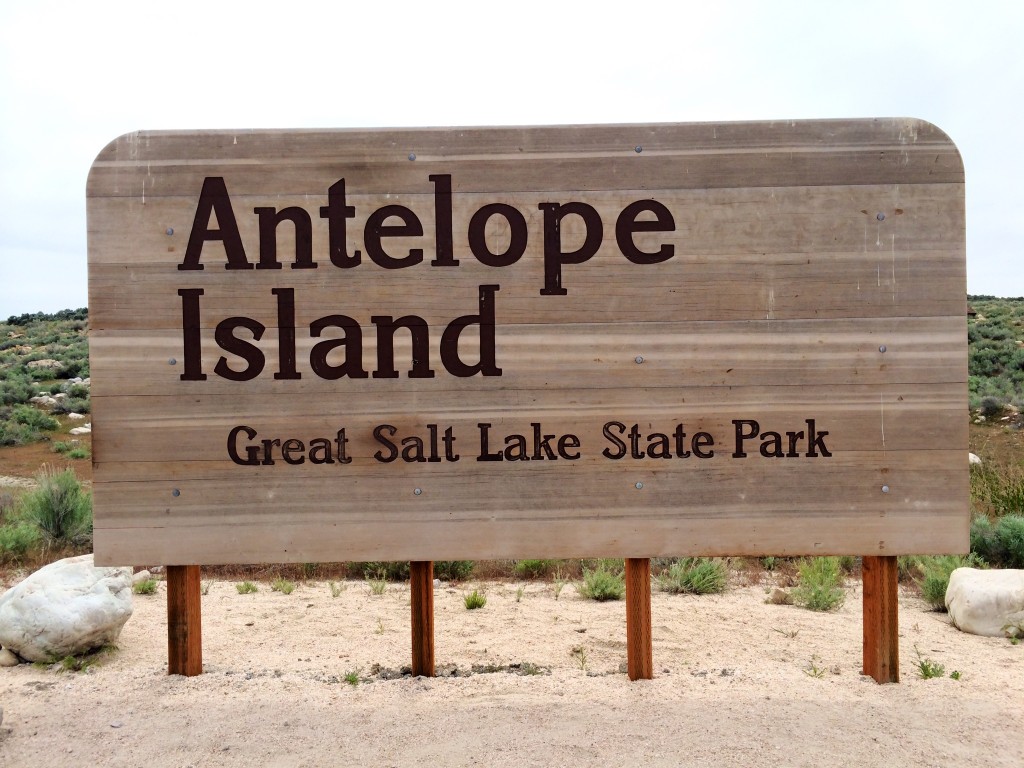
The largest of the Great Salt Lake’s 9 islands, Antelope Island is part of the Utah State Park System. The island’s 28,022 acres appear barren and deserted. But Antelope Island is a great place to view wildlife. The island was without its namesake antelope for many years, but they were reintroduced in 1993 and can now be seen in many areas of the park. Deer, bobcats, coyotes, many varieties of birds and waterfowl also call the island home. But most famous are Antelope Island’s American Bison, introduced to the island in 1893 and now numbering some 600 animals. You can easily see the Bison and other wildlife by driving the back-roads and hiking or biking the park’s trails.
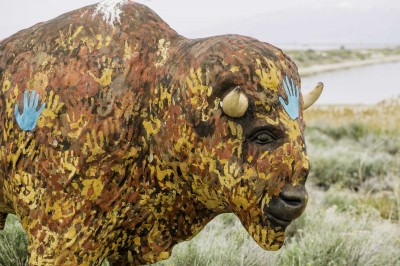
Take Exit 332 off Interstate 15, then drive west on Antelope Drive for 7 miles to the park entrance, then another 7 miles across a narrow causeway to the island.
It is $10.00 per vehicle to enter the park. We had planned to camp out here for several days but before we arrived we read the Park’s website for information regarding camping. The following Note was posted in Red on the home page.
NOTE: The biting gnats have hatched on the island. Bug spray is ineffective.
Fine mesh head nets are recommended and sold in the visitor center gift shop.
The gnats are temporary and typically gone by June.
Head Nets? Seriously? That did it for me! There would be no camping on Antelope Island this trip! I will wait for another opportunity when I can actually sit outside the motor home and enjoy the outdoors.
Camping fees:
Bridger Bay Campground: $15 first night, $12 each additional night; includes entrance fee to the park. Fee covers the first vehicle. $13 fee for an additional vehicle. Maximum site capacity is eight people and two vehicles.
White Rock Bay Campground: $30 first night, $24 each additional night; also includes park entrance fee. Fee covers the first two vehicles. $13 fee for additional vehicles. Maximum site capacity is sixteen people and four vehicles.
Reservations are recommended. Reservations can be made at antelopeisland.utah.gov or by calling (801) 322-3770.
We did spend the day on the island and I managed to get a few photos by quickly jumping out of the jeep and back in before I ingested the pesky gnats. In some areas of the island they were almost non existent, due to the fact the wind was blowing and like mosquitoes, they prefer the still air. It was very cloudy so that I ended up with mostly “white sky” backgrounds.
This is the view from the Visitor Center looking down Bridger Bay. In the far distance you can see a herd of Bison sitting on on the salt beach. Great entertainment for the RVers parked in the campground just above the beach.
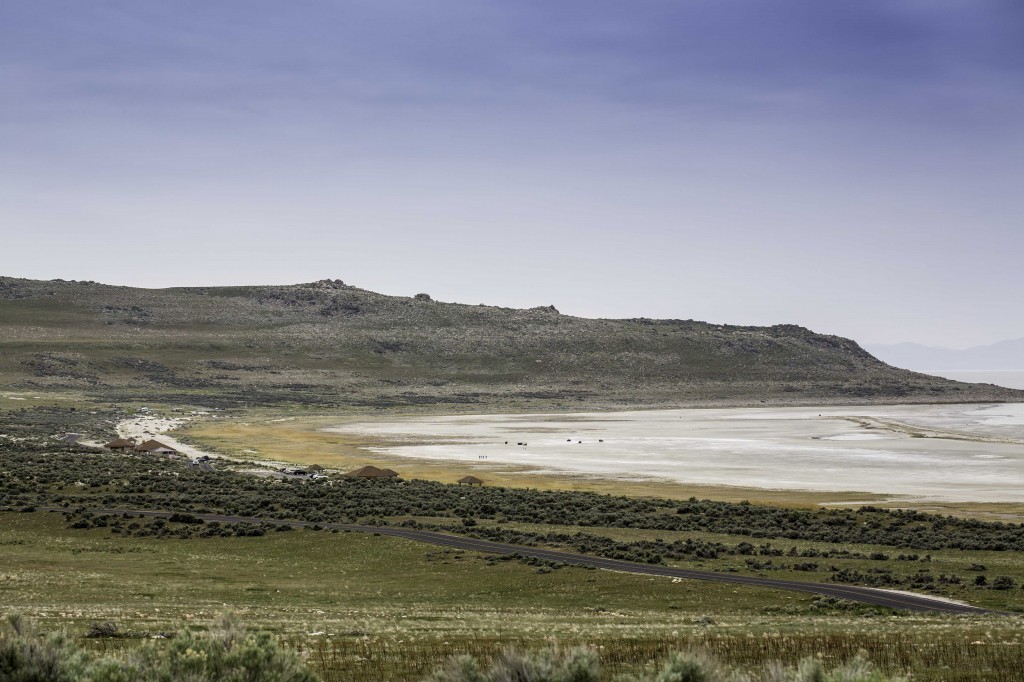
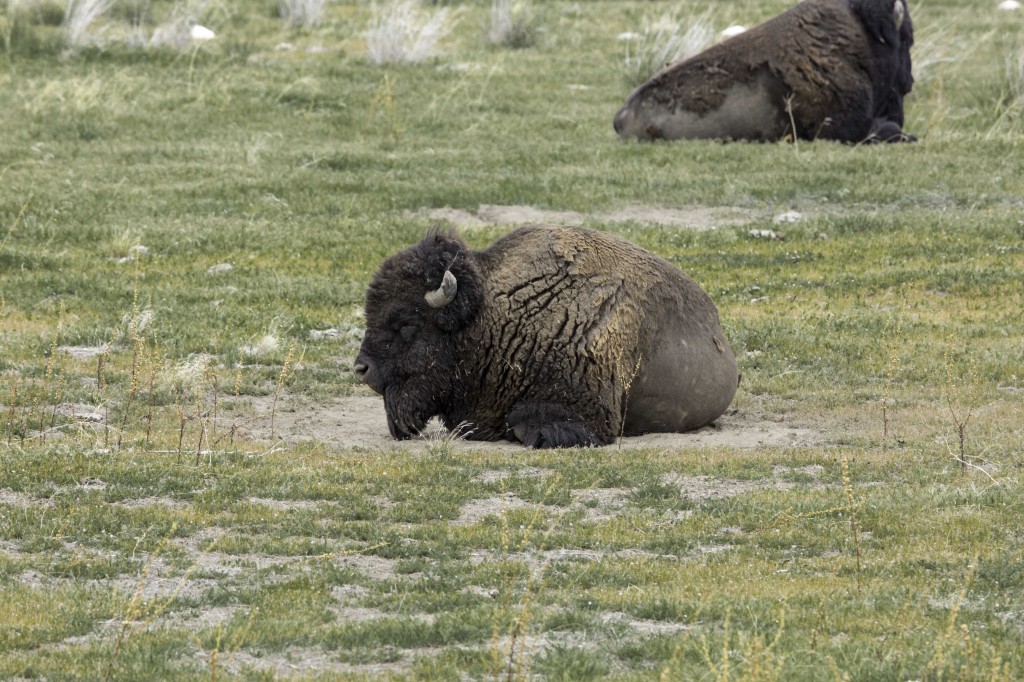
On the East side of the island there are many hiking trails and views of Bountiful and Salt Lake City.
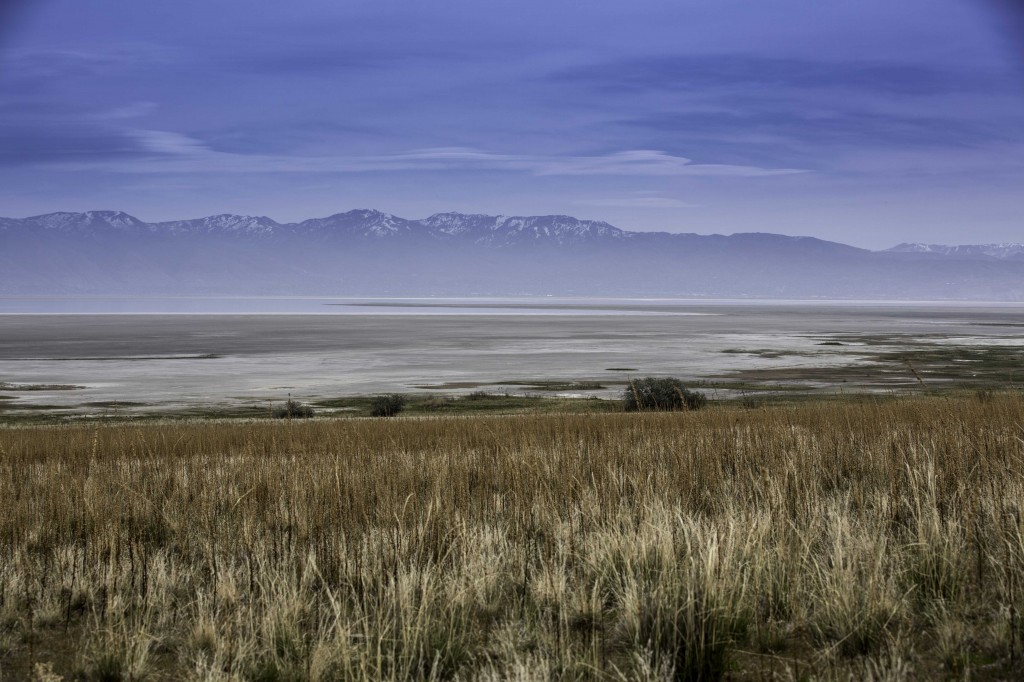
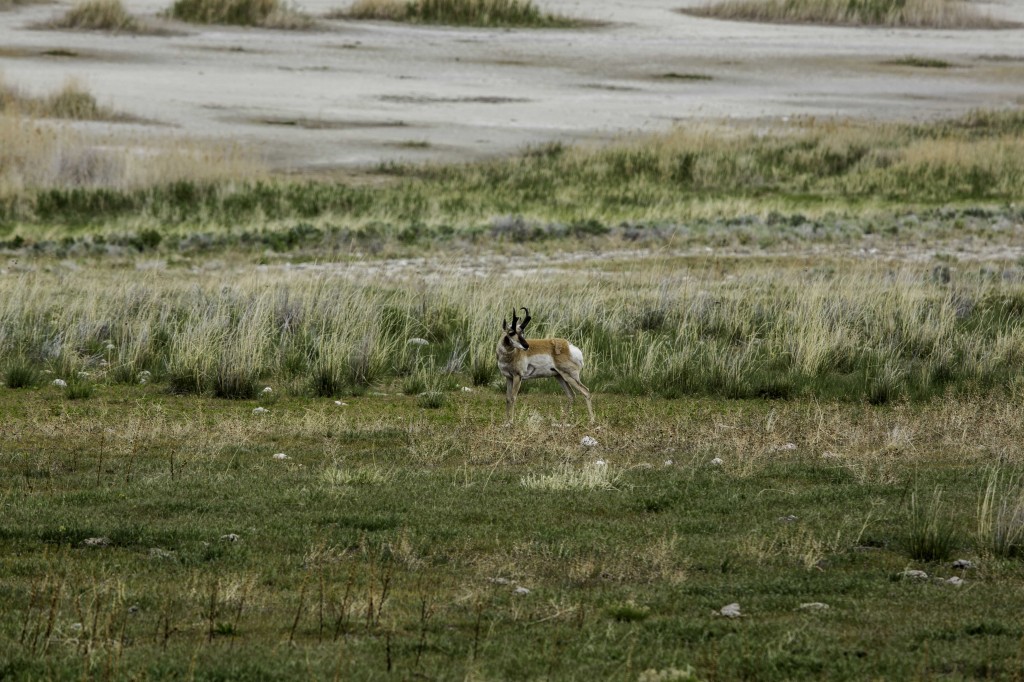
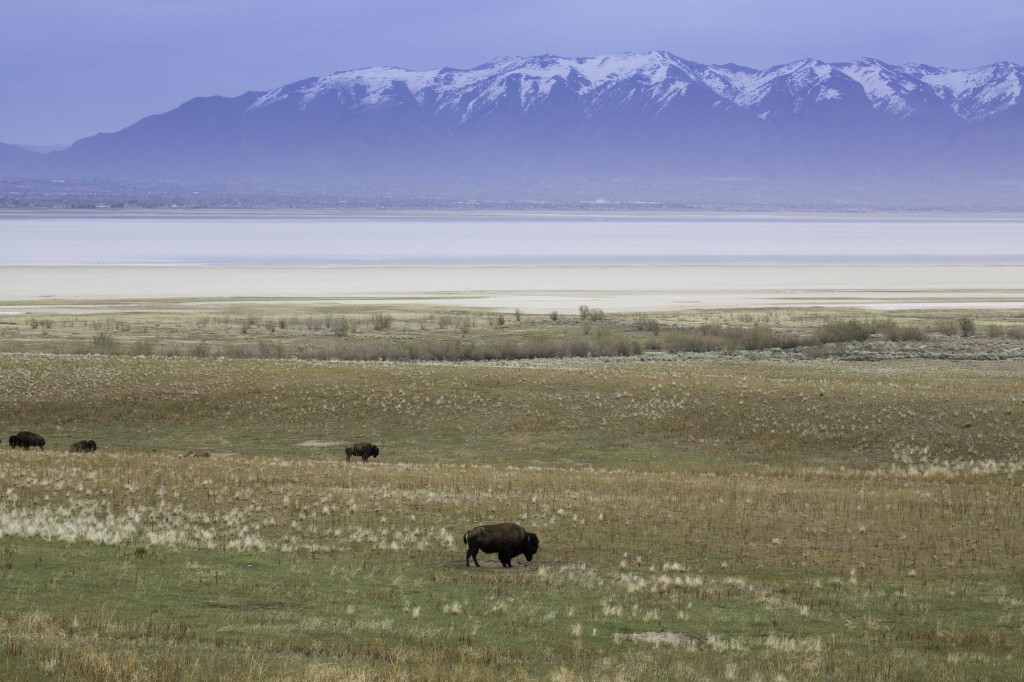
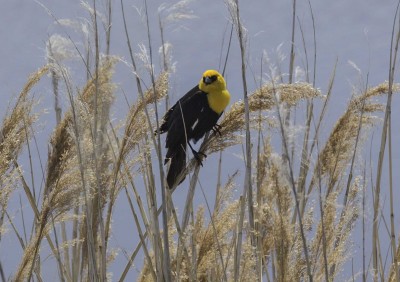
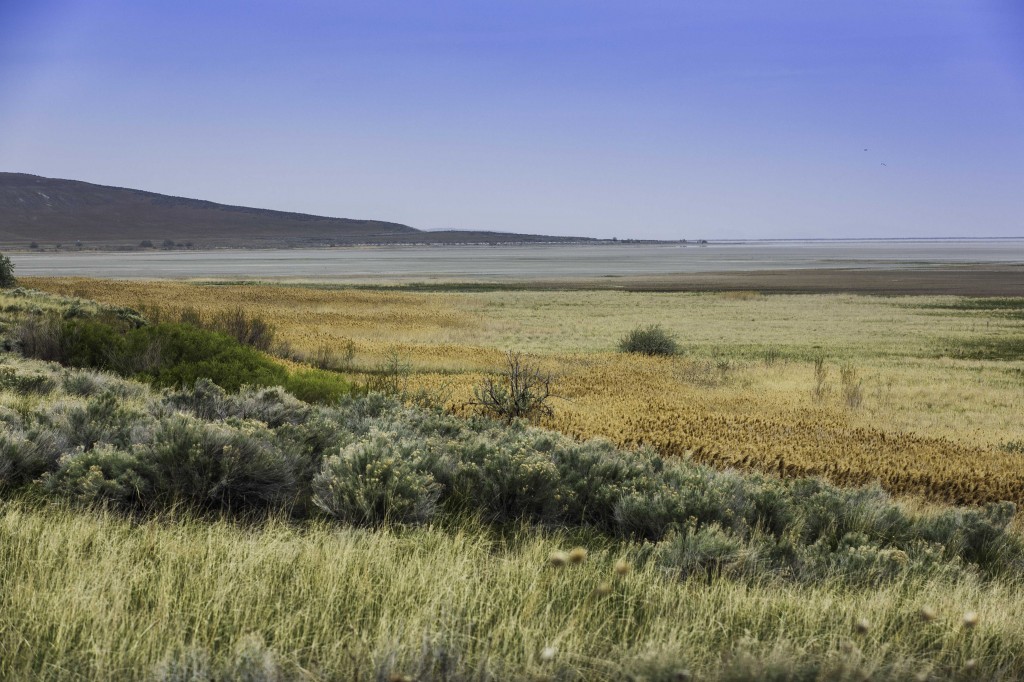
Natural History Museum of Utah – Rio Tinto Center
This beautiful $102 million, museum is situated on a 17-acre home in the foothills of the Wasatch Mountain Range.
The building is immediately recognizable due to the 42,000 square feet of standing seam copper that wraps the exterior of the building. The copper, mined from Kennecott Utah Copper’s Bingham Canyon Mine located across the Salt Lake Valley from the new Museum site, is installed in horizontal bands of various heights to represent the layered rock formations seen throughout Utah. Some of the Collections found in the museum can be viewed from this link.
The museum has 5 floors ~ Admission is $11.00, 8.00 for Seniors
The View from the Window in the museum toward Salt Lake City
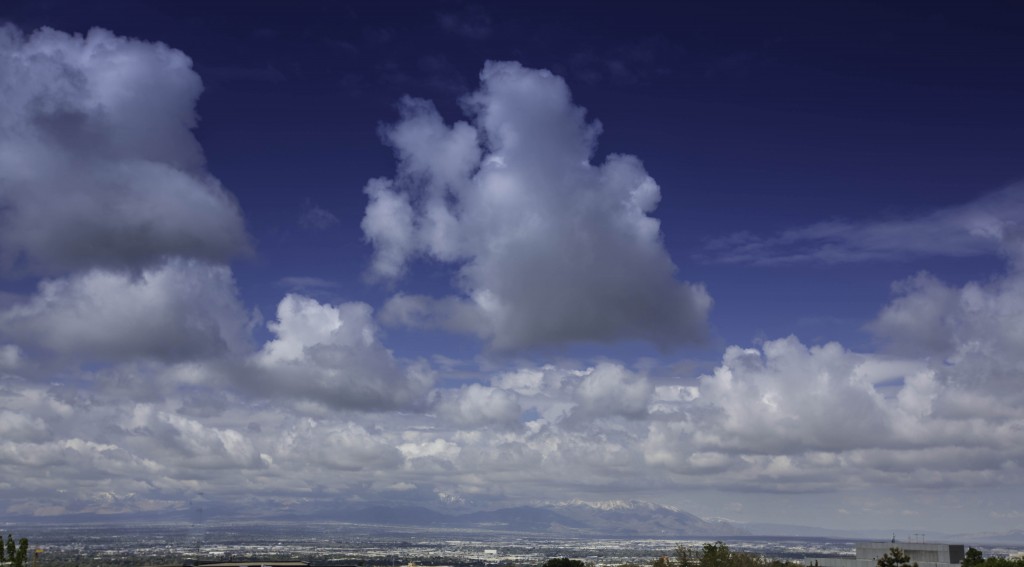
Here are some small photos of the exterior and inside the museum:
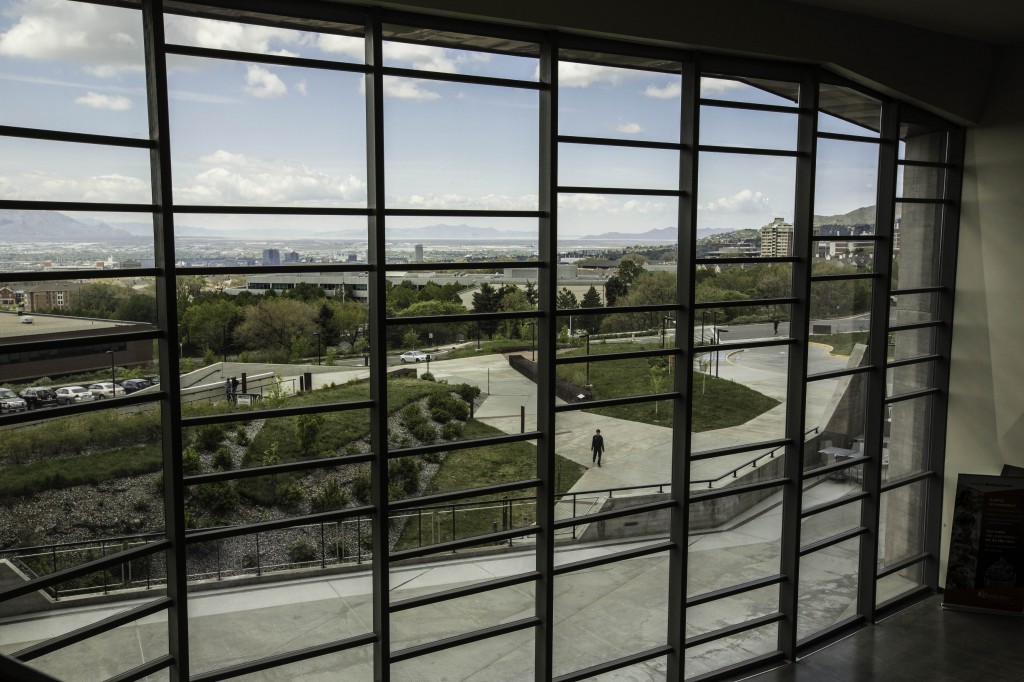
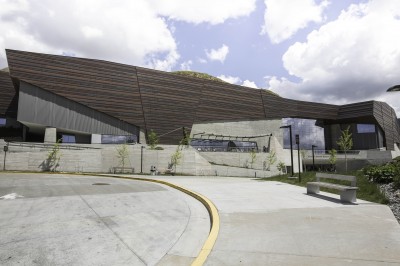
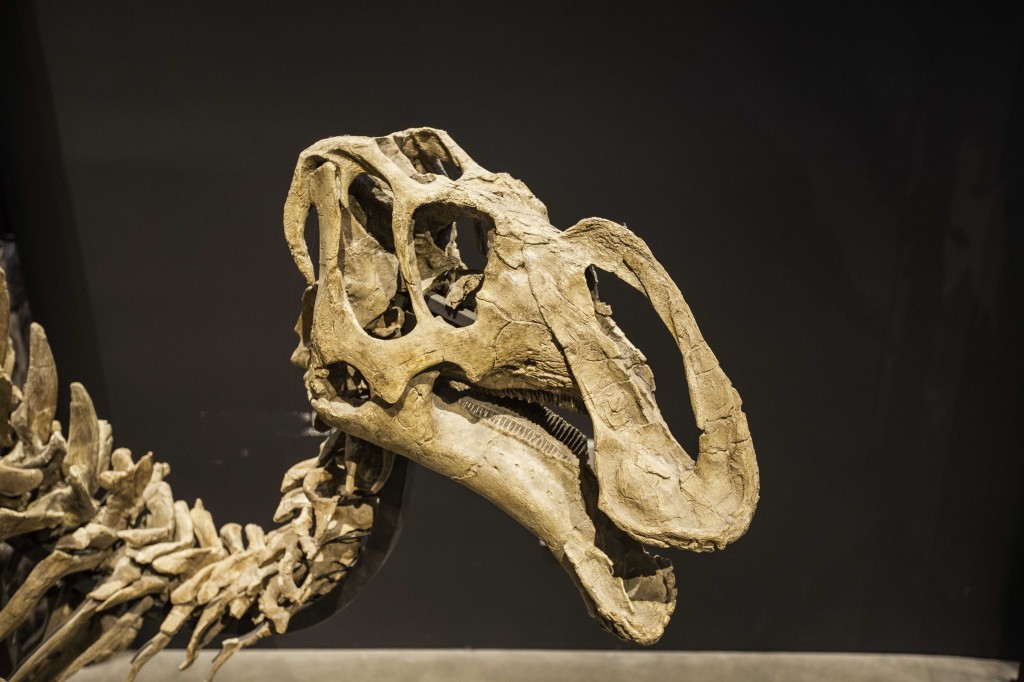
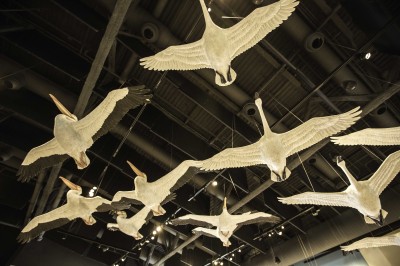
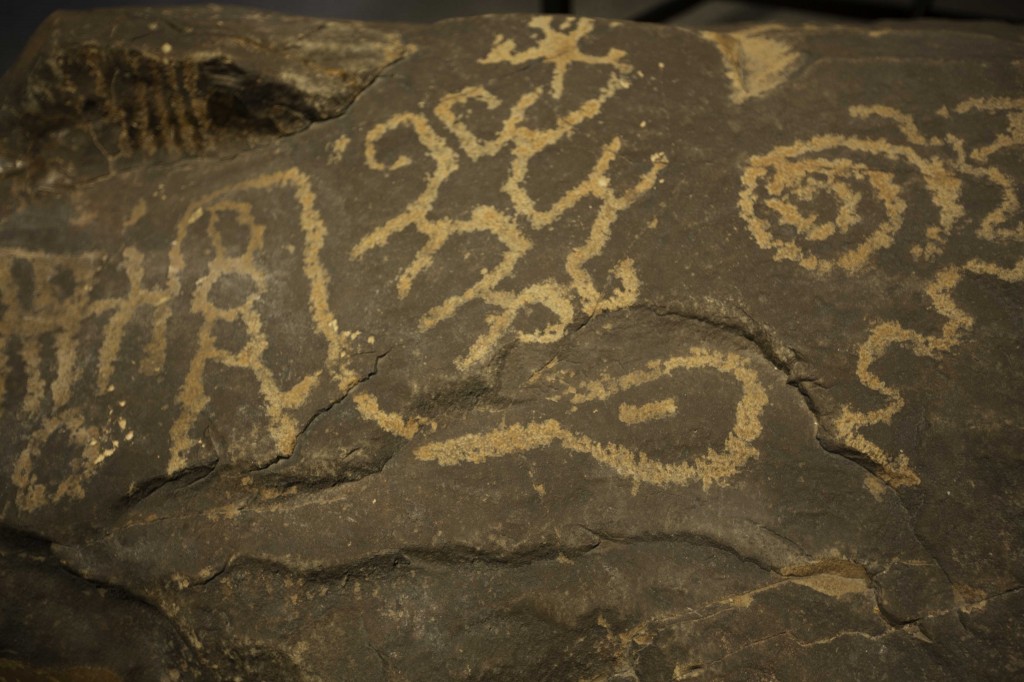
In 2001, he Utah Museum of Natural History at the University of Utah received national recognition by Congress, the National Trust for Historic Preservation, and the National Park Service as an official Save America’s Treasures Site. The grant funds a project to study, restore and preserve an astonishing trove of moccasins recovered from Promontory Cave, located on the Great Salt Lake. The moccasins are estimated to be approximately 800 years old.
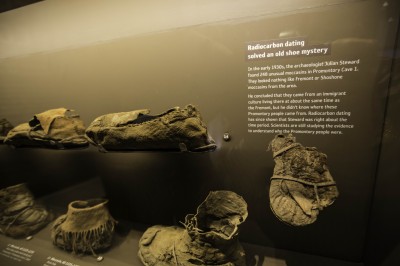
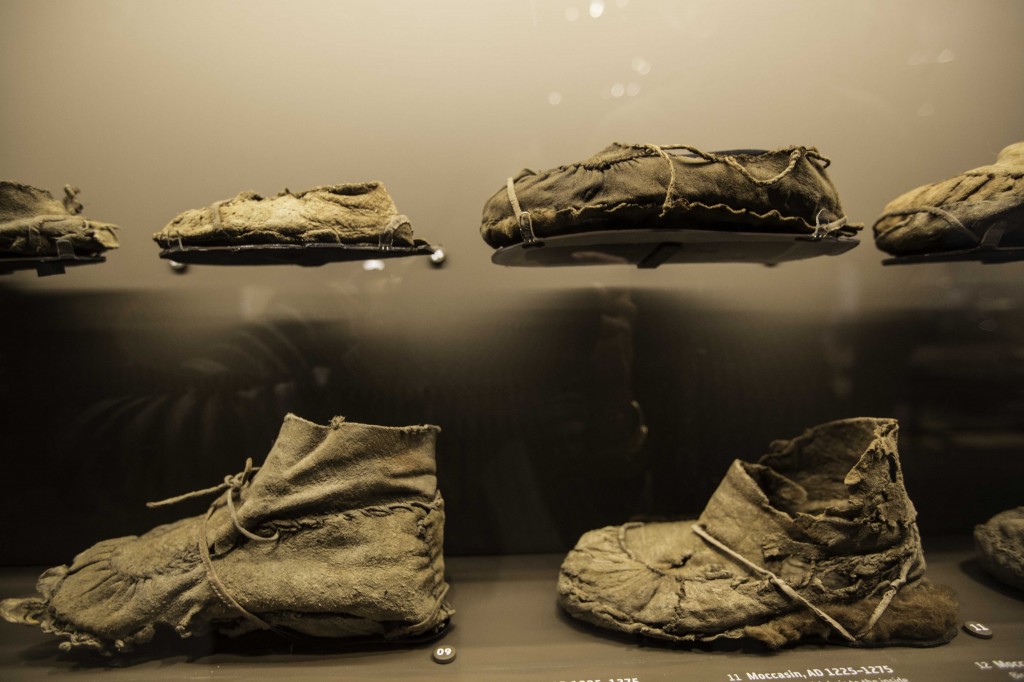
Ranging from a small child’s size to an adult’s, the moccasins represent one of the largest and most diverse collection of objects made of leather in the Intermountain West. More than one-half of the moccasins have repair patches where the leather has worn through on the soles, and over 50 of them have shredded juniper bark insoles that still reflect the imprint of the foot. Some are fringed, others bear remnants of quillwork decoration. 280 of these moccasins were found in this particular cave. My photos were taken with my cell phone through the glass so the images are not real clear.
The Canyon area of the museum features a three-story glass case featuring 500 objects from the collections. There is a star-patterned Navajo Wedding Basket from the reservation in San Juan County, the massive femur from a Camarasaurus leptus, and a small taxidermied flock of California gulls from northern Utah (the species that, according to legend, descended on the plague of crickets and saved the Mormon pioneers). This glass wall can be viewed from several of the floors as you wind you way along the trails. The trails are ramps and bridges that take you to the various levels. I suggest you take the elevator to the very top floor to start and then work your way down the ramps to explore all the other levels.
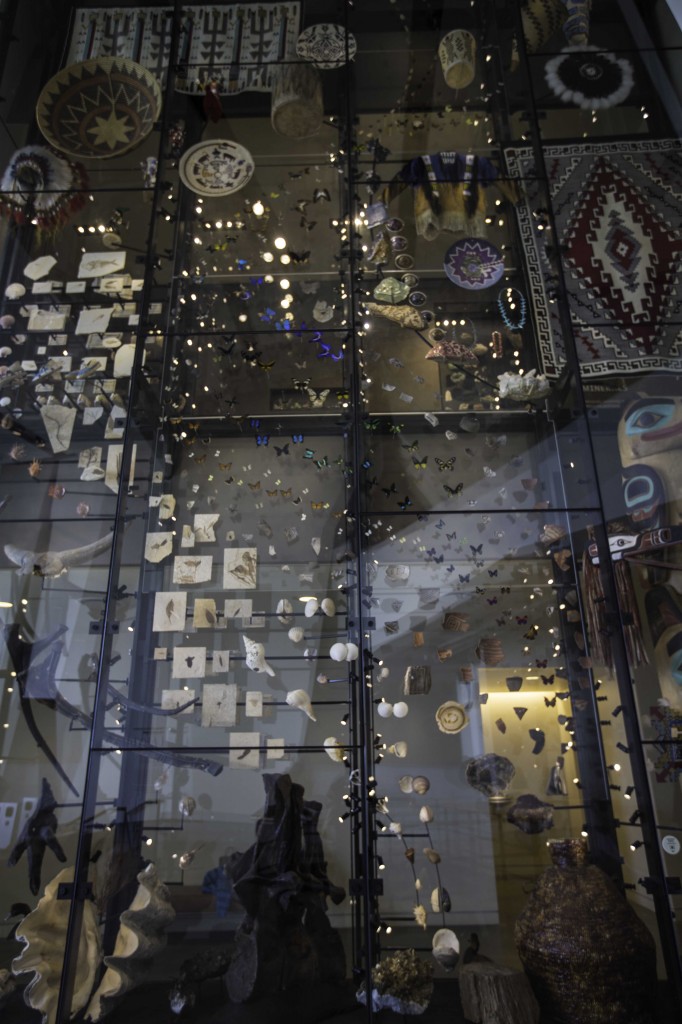
Click image to enlarge:
During our visit of Salt Lake we are camped at the Elks Lodge in Bountiful. Perfect place to stay and be minutes away from downtown.
A few days after we arrived our friends Chuck and Jan arrived for a three day stay along with another RVing Elk member.

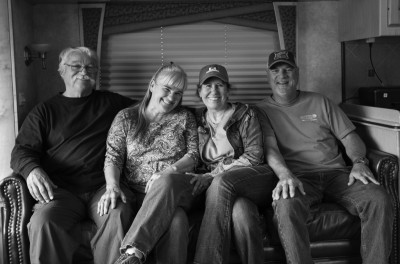
FAMILY HISTORY LIBRARY
I took some time to do something I have wanted to do for years. Visit the Family History Library to do some genealogy research. I spent 6 days researching 3 different family ancestors. I could have gone back for another week or two easily. You were right Chuck and Jan…. a few days soon turns into weeks at that center. Everyone was very helpful. It is totally addicting – one day I didn’t even take a lunch break, I was there from 9 am until the doors closed at 5:00. If you ever get interested in genealogy, whether you have already started your research or are a complete beginner, this is an amazing place to visit. The volunteers here are so experienced, they will help you break through those walls that every researcher eventually runs into. They welcome everyone, they don’t mind when those of us who are not members of the church come and spend hours searching for family roots. I will return, perhaps in the fall to continue this amazing experience.
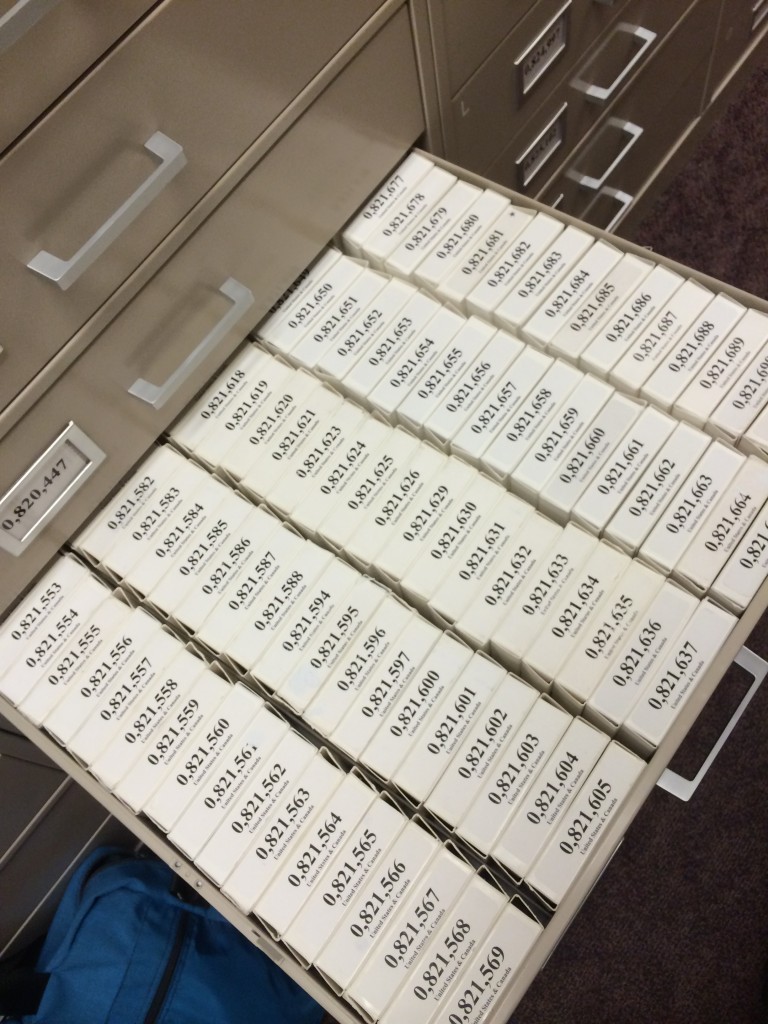
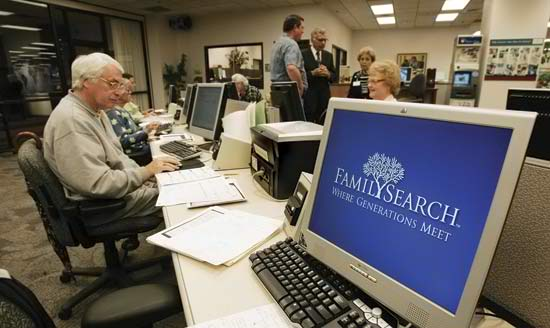
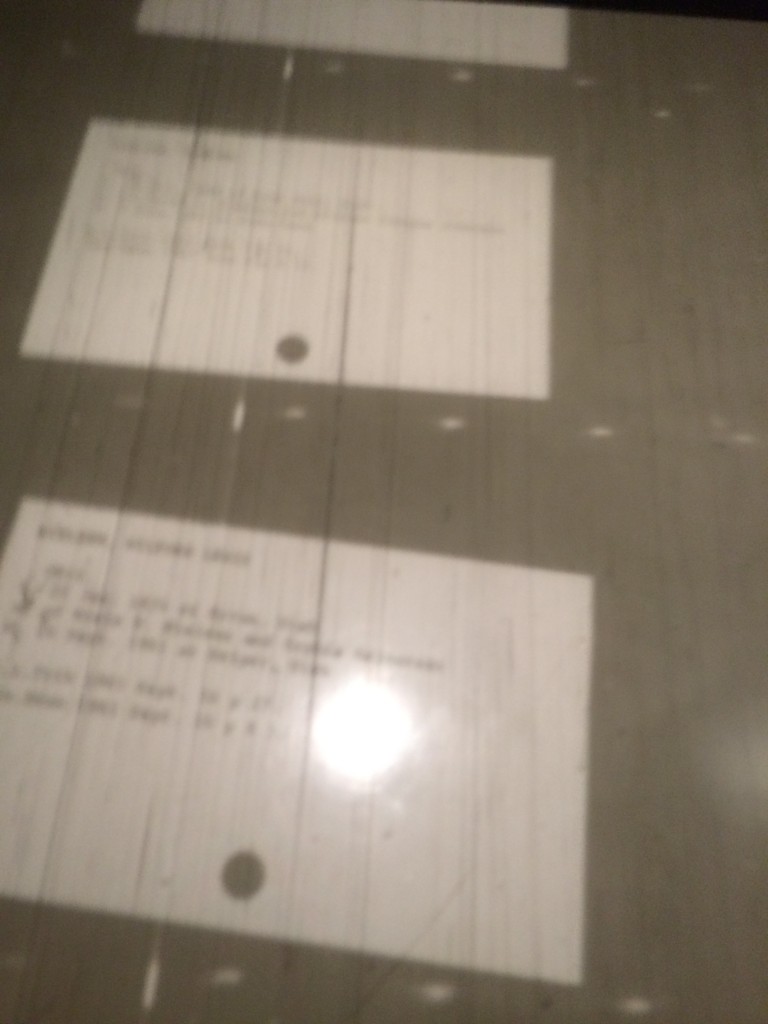
Here’s a Video of the history of this Library and a peek at the library as it looks today:
Next Post will be at Temple Square and the Great Salt Lake
